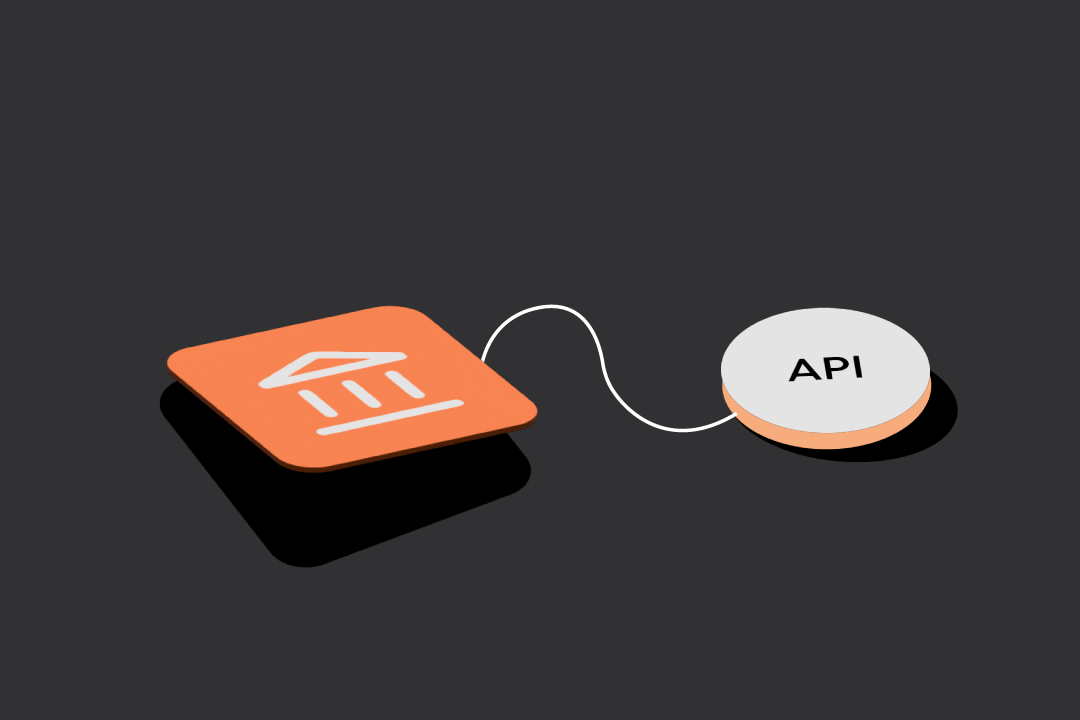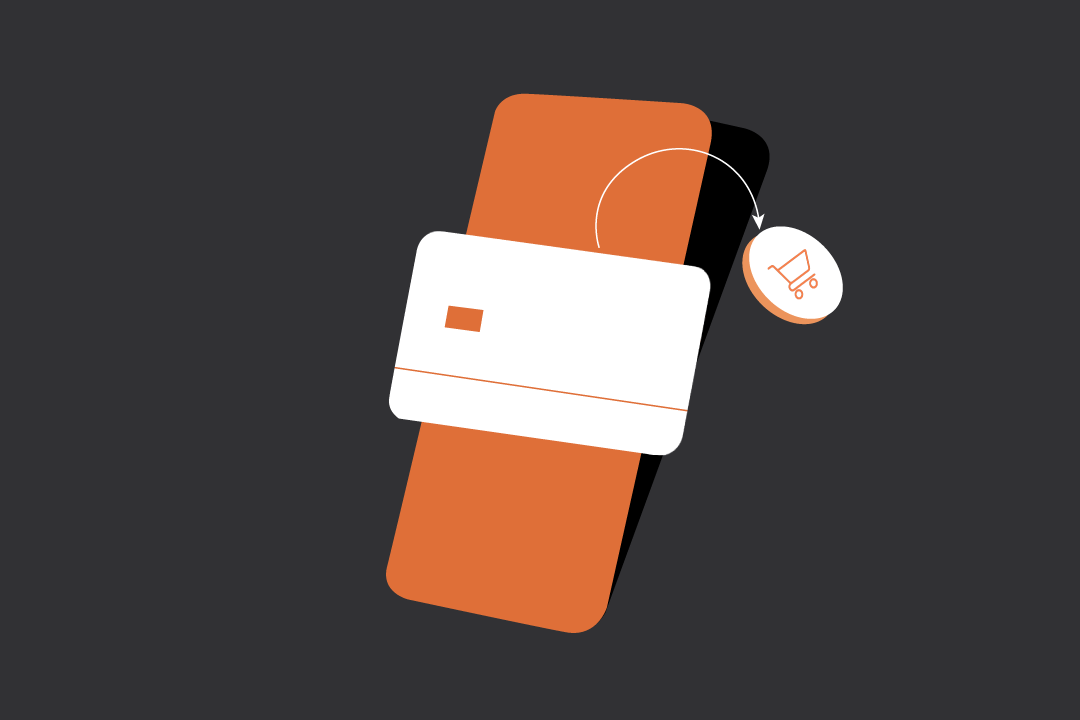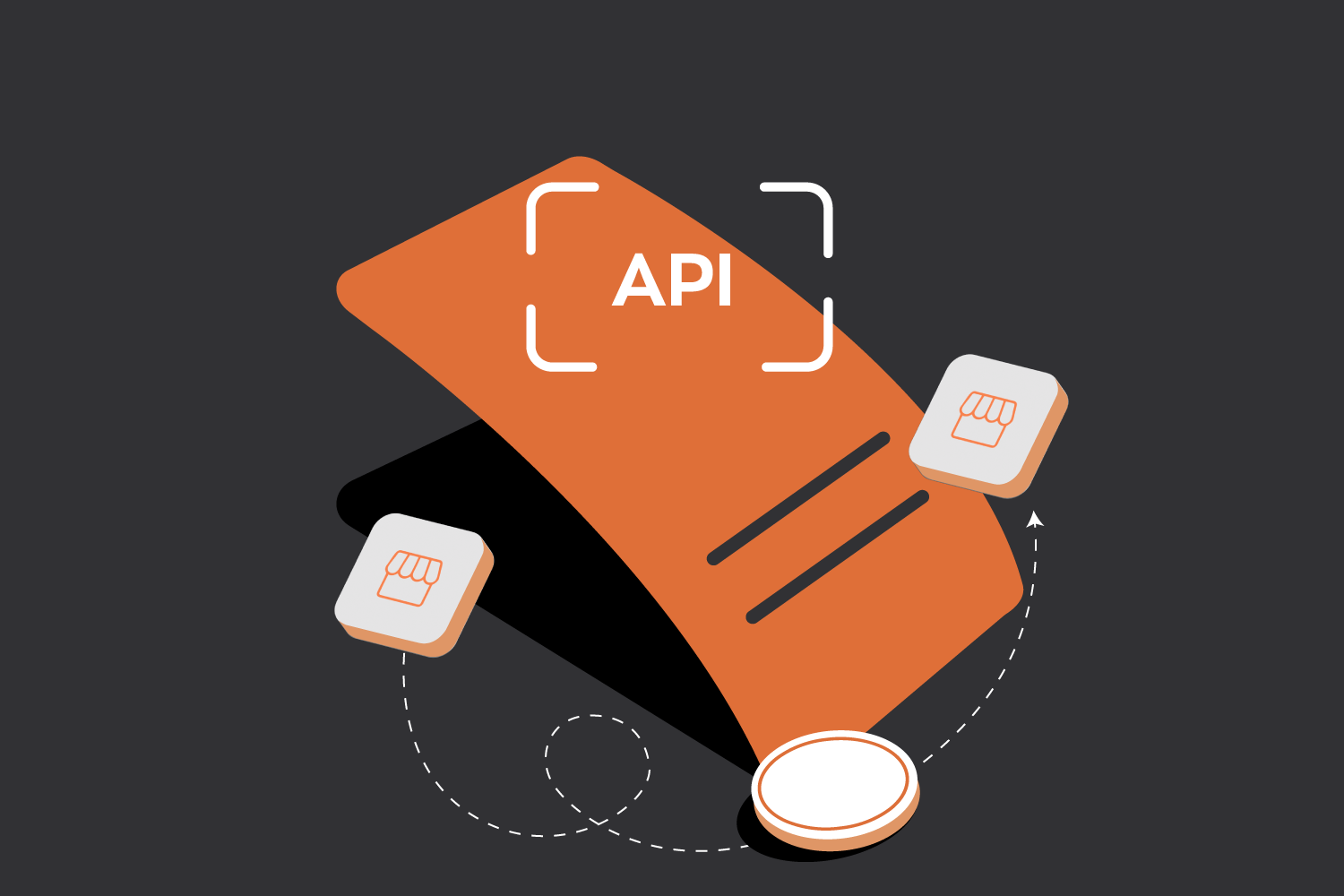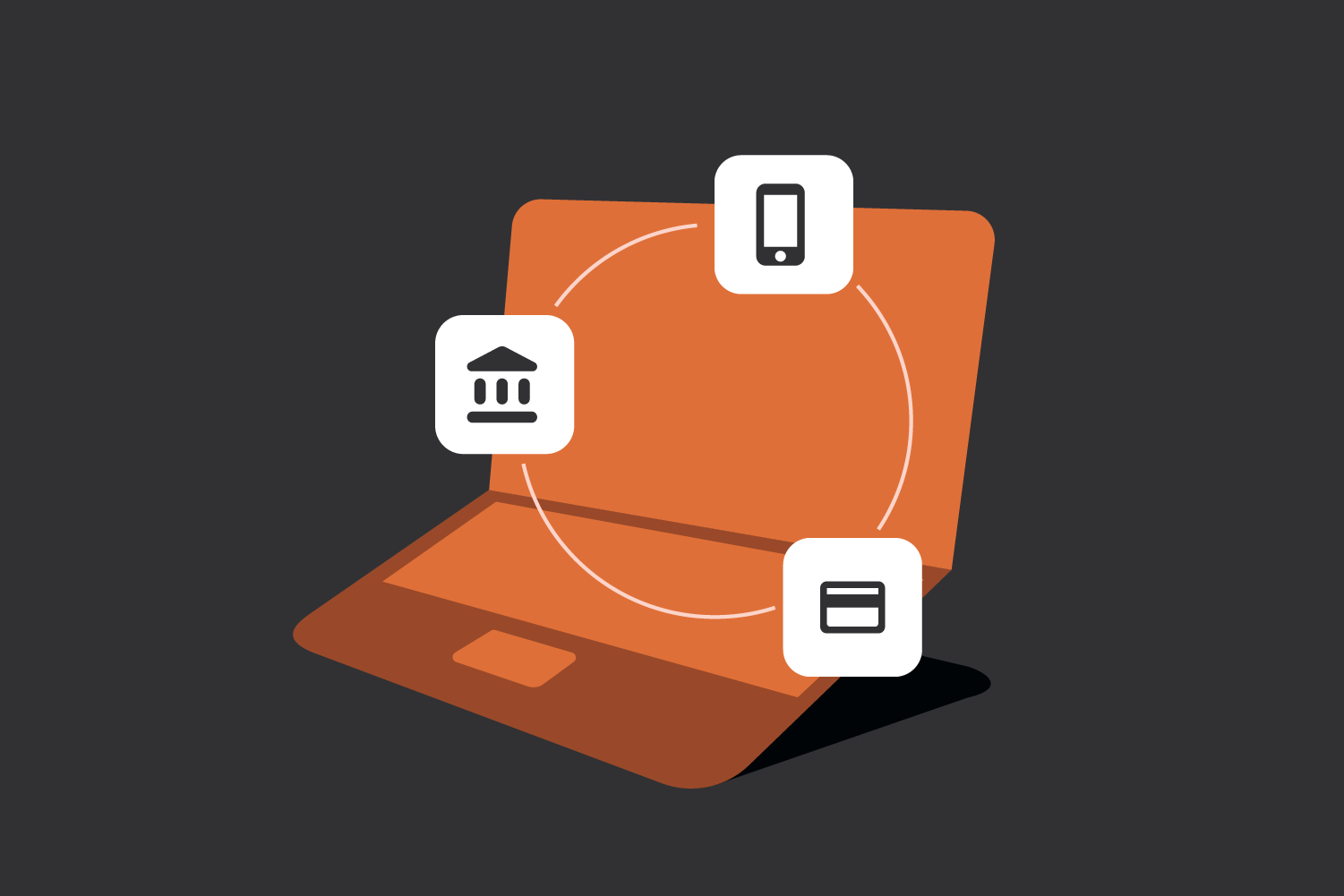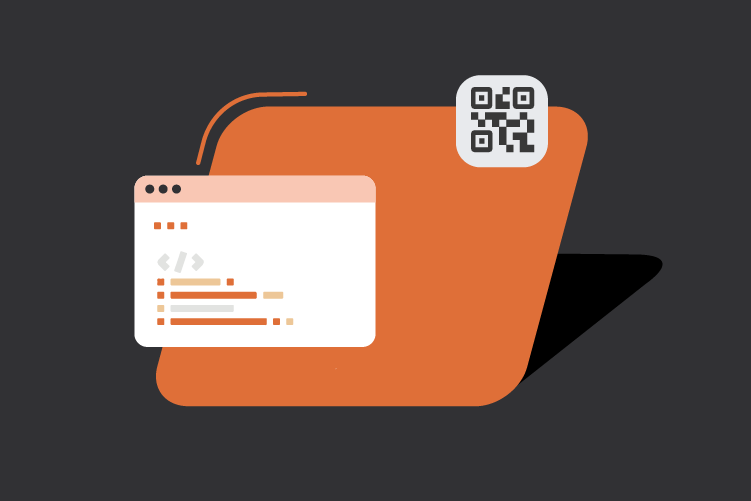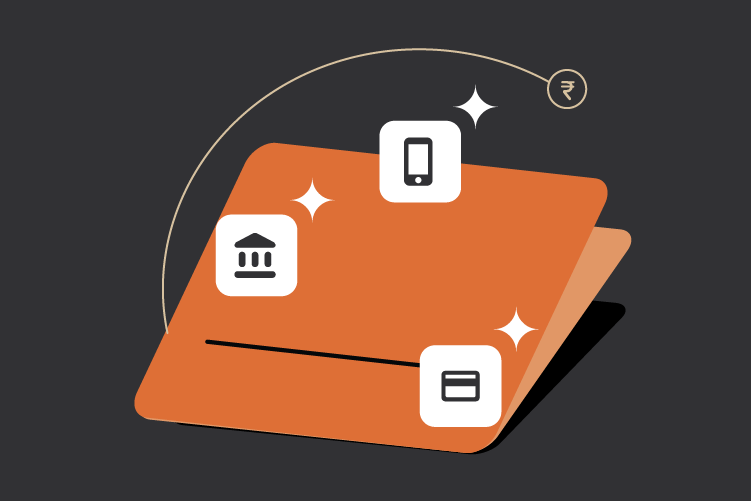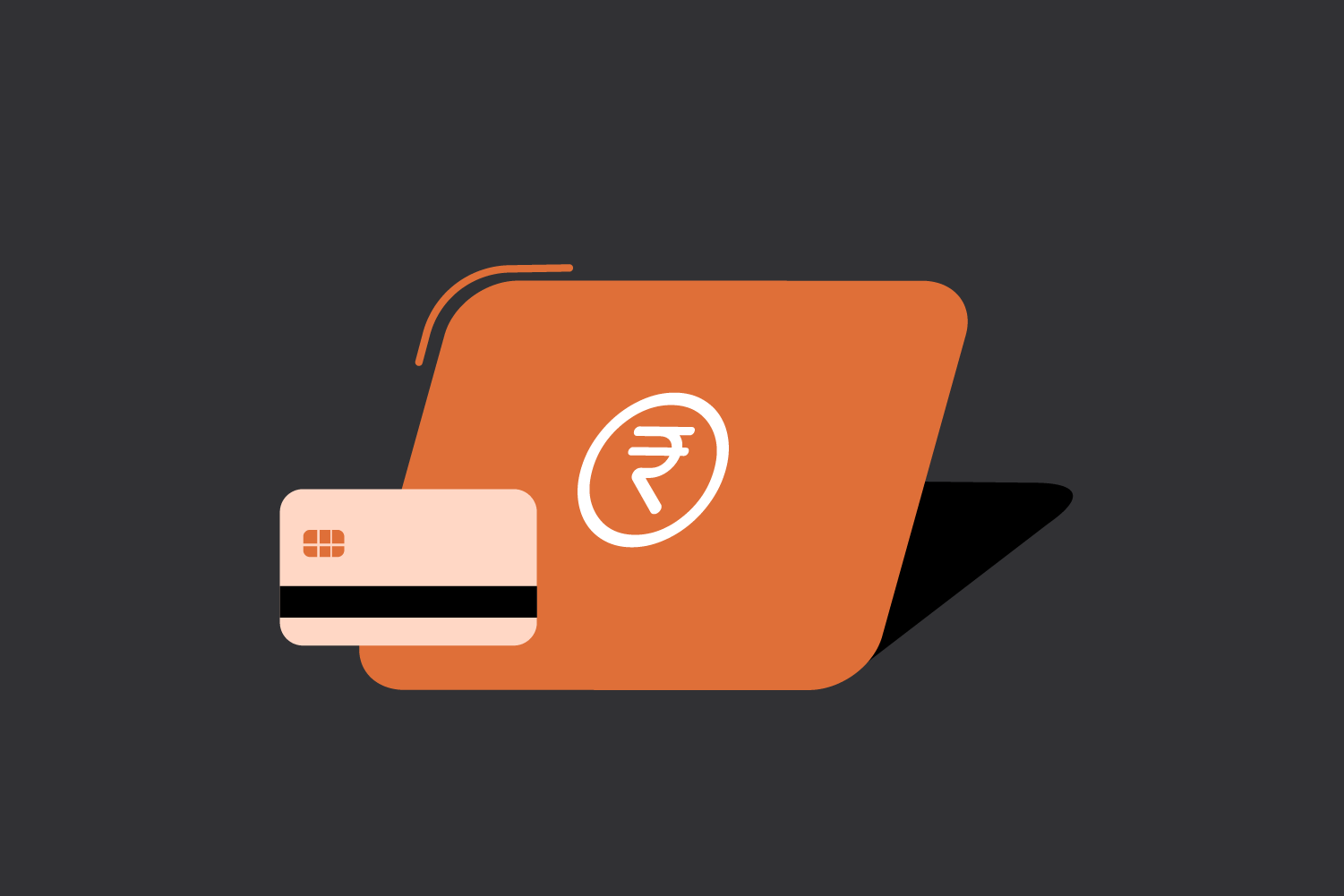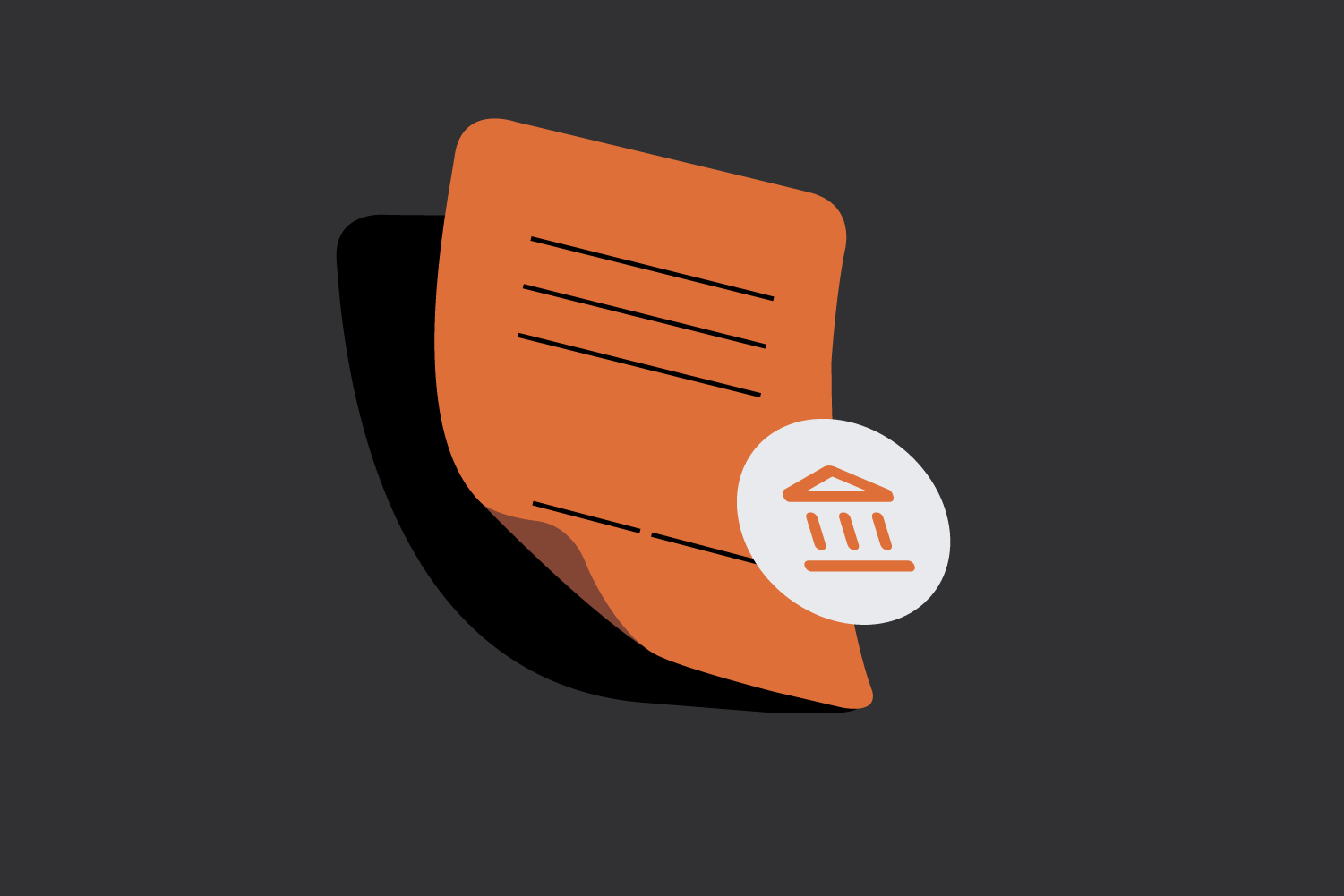In the modern digital ecosystem, embedded finance has revolutionized how companies integrate financial services directly into their products. From ride-sharing apps offering instant payouts to retail platforms providing on-the-spot credit options, embedded finance is everywhere. However, with the convenience of these financial services comes an increased need for robust security measures. Let’s delve into why embedded finance needs embedded security and how Zwitch, Asia’s first no-code embedded finance platform, ensures your business stays secure.
The Rise of Embedded Finance
Embedded finance merges financial services like payments, lending, insurance, and investment directly into non-financial platforms. This integration allows businesses to offer seamless and convenient financial solutions, enhancing customer experiences and engagement. But as more businesses adopt embedded finance, new security challenges emerge. Financial data, once confined to banks and traditional financial institutions, is now shared across various platforms, creating new vulnerabilities and risks.
Security Challenges in Embedded Finance and How to Address Them
The expansion of embedded finance has brought several security challenges to the forefront. Understanding these challenges and their solutions is key to mitigating risks and ensuring a secure environment for both businesses and their customers.
Data Privacy and Third-Party Risks
Challenge: When financial data is shared among multiple stakeholders, it becomes more susceptible to breaches. Sensitive information, like customer details and transaction histories, can be exposed, leading to unauthorized access, fraud, and reputational damage. In 2023, unauthorized network access continued to be the leading cause of third-party cyber attacks, a trend consistent with previous years. However, this year marked a notable increase, with such breaches constituting 53.6% of the third-party incidents analyzed.
Solution: Implementing robust encryption, secure APIs, and strict access controls is vital. Ensuring that third-party providers also follow stringent security protocols is essential to maintaining the integrity of data across the ecosystem.
Identity Theft
Challenge: Advanced technologies, such as deepfakes and AI-based attacks, have made it easier for cybercriminals to conduct identity theft and account takeovers.
Solution: Employing multi-factor authentication (MFA) and biometric verification helps to strengthen security. These measures add layers of protection, making it significantly harder for unauthorized users to gain access, even if they have stolen passwords.
Complex Regulatory Frameworks
Challenge: Navigating the diverse and ever-evolving regulatory landscape can be challenging, especially when requirements vary across different regions. Non-compliance can lead to severe legal and financial repercussions.
Solution: Staying informed about regulatory requirements, conducting regular compliance audits, and adopting international standards like ISO 27001 and SOC 2 can help businesses ensure they meet both local and global regulations.
Customer Acquisition Security
Challenge: The process of acquiring new customers, especially during onboarding, involves handling sensitive data. Ensuring the security of this data is critical to building trust.
Solution: Encrypting data transmission channels and applying strong encryption standards protect customer information from potential breaches during the onboarding and acquisition stages.
Interoperability Risks
Challenge: Integrating different financial services often requires systems to communicate with each other. This integration can introduce vulnerabilities, especially if security protocols are not standardized.
Solution: Ensuring interoperability through standardized security protocols and regular testing helps maintain the integrity of data exchange between systems, minimizing the risk of data leakage or unauthorized access.
Distributed Risks from Multiple Parties
Challenge: Embedded finance solutions typically involve multiple parties, including partners and vendors. The more stakeholders involved, the higher the risk of a data breach.
Solution: Developing a comprehensive risk management strategy, which includes vendor assessments and regular security audits, ensures that all parties comply with the same high standards of security, reducing overall risk.
Vulnerable Customers
Challenge: Not all customers are aware of the security measures that need to be adhered to, which makes them vulnerable to phishing attacks and other forms of fraud.
Solution: Educating customers about potential threats and best practices for online security can significantly reduce the likelihood of successful attacks. Awareness campaigns and clear communication about security measures can empower customers to take precautions. For instance, the Government of India’s “Cyber Surakshit Bharat” (#SatarkNagrik) campaign launched during National Cyber Security Awareness Month (NCSAM) 2024 aims to enhance digital literacy on cyber hygiene, offering new insights that businesses can adopt to foster safer online behavior. By sharing these learnings, businesses can strengthen their customer defenses, creating a safer digital environment for all.
How Zwitch Secures Embedded Finance Solutions
Zwitch understands that security is not an option but a necessity. As Asia’s first no-code embedded finance platform, Zwitch takes a proactive approach to safeguarding businesses and their customers. Here’s how Zwitch keeps your business secure:
Robust Encryption
Zwitch employs end-to-end encryption protocols that ensure all financial transactions and customer data are protected from unauthorized access. From data storage to transmission, Zwitch’s robust encryption covers every stage, including APIs, guaranteeing secure communication between your platform and third-party services.
International Compliance and Standards
Zwitch adheres to global standards like ISO 27001, SOC 2, and PCI DSS, ensuring that its platform follows best practices in information security management. By conducting regular compliance checks, Zwitch helps businesses navigate the complex regulatory landscape effortlessly, allowing them to focus on growth without worrying about legal pitfalls.
Advanced Authentication Measures
Identity theft and account takeovers are significant concerns in embedded finance. To counter these threats, Zwitch integrates two-factor authentication (2FA) into its platform. This adds additional security layers, making it extremely difficult for unauthorized users to access accounts, even if credentials are compromised.
Routine Security Audits and Risk Management
Zwitch regularly conducts security audits to identify potential vulnerabilities before they can be exploited. Risk assessments help ensure that all third-party partners meet stringent security requirements, reducing the overall risk of data breaches and maintaining a high level of trust across the platform.
Customer Education and Support
Recognizing that security is a shared responsibility, Zwitch provides educational resources to businesses and their customers. By promoting awareness about security threats and best practices, Zwitch empowers users to stay vigilant and make informed decisions, reducing the likelihood of successful cyberattacks.
The Future of Embedded Security in Finance
The future of embedded finance will undoubtedly see more innovation and integration across various sectors. As this ecosystem continues to grow, so will the importance of embedded security. Businesses must prioritize security, not just as a technological solution but as a fundamental aspect of their services. This involves adopting the right technologies, staying updated with regulations, and fostering a culture of security awareness.
Zwitch combines cutting-edge technology, international standards, and a proactive security approach to keep your business secure. With Zwitch, you can confidently integrate financial services into your platform, knowing that your customer’s data and your business integrity are protected.
Interested in our APIs? Let’s talk!
Tell us your automation goals, and we’ll set you up with a free, personalized demo from our API expert.
Click Here

